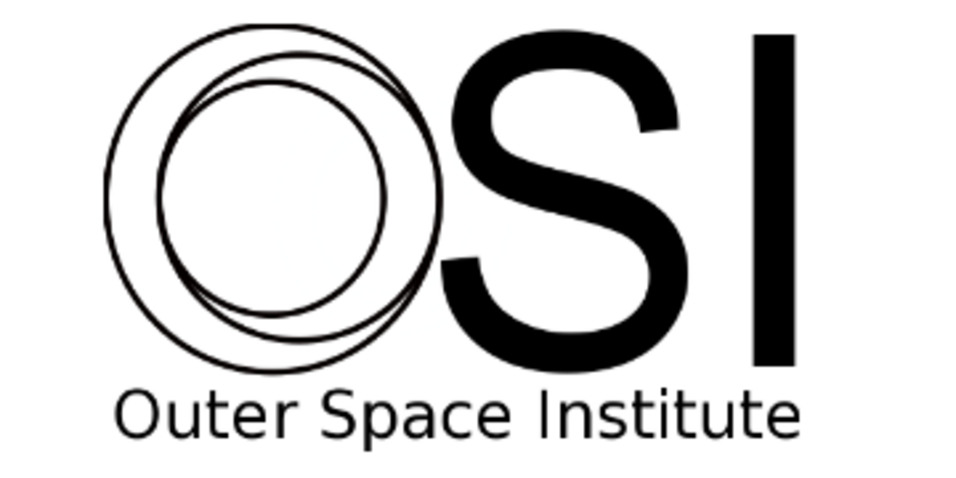The Outer Space Institute is inviting applications for two post-doctoral research fellowships in the field of space security, broadly defined.
Fellowships are for two years, with the possibility of a short extension, and provide the same degree of support as top Canadian post-doctoral fellowships: CAD$70,000 per year (taxable). Additional funds will be available for travel and research.
Positions will be based in the Department of Political Science at the University of British Columbia in Vancouver, Canada. Candidates from all backgrounds are encouraged to apply, including but not limited to engineering and physical sciences, law, and social sciences.
Applications, including a short cover letter, curriculum vitae, list of publications, and the names of three referees, should be sent to Andrew Falle, Research Coordinator, Outer Space Institute, at: coord@outerspaceinstitute.ca.
Consideration of candidates will begin on September 15, 2023, but applications are welcome after that date. Successful candidates will be able to take up their fellowships as early as January 2024, or as late as April 2024.
More information can be found here.
OSI postdoctoral fellowship opportunities in space security
04.10.2023

